Top image: American sentry posted at Hadamar, April 5, 1945. Courtesy of United States Holocaust Memorial Museum. Credit: Troy A. Peters. Provenance: Rosanne Bass Fulton, 08474.
The WWII black and white footage contained in the documentary film Murder Mills: Hadamar, shot by an American crew, is grisly, almost unbearable to watch. The date is April 7, 1945, and the location is a former asylum at Hadamar, Germany, in Hesse, close to Wiesbaden and just over 50 miles northwest of Frankfurt am Main. After the exhumation by German civilians of several bodies from recently dug mass graves, we see an American with a cap, wearing a white garment draped by a black apron. The man is Major Herman Bolker, a pathologist from the Brooklyn Cancer Institute, but now with the Army Medical Corps. Part of a war crimes investigation team, Bolker, as the footage shows, takes his scalpel and performs on-the-spot autopsies of the deceased.
As historian Michael Burleigh documents, Bolker also found glass tubes of morphine hydrocholorate used to give lethal injections. While there, Bolker went on to examine emaciated patients at the facility. The evidence quickly accumulated for him and for investigators from other US units, such as the 28th Infantry Division. Murder Mills: Hadamar, a crucial source, pinpoints the Allied discovery of the workings of the Nazis’ so-called “euthanasia” program even before the liberation of the much better-known network of SS-run concentration camps and sub-camps (Ohrdruf, Buchenwald, Dachau, and Mauthausen).
Bolker was not among the very first, however, to enter what Henry Friedlander much later categorized as a “killing center” at Hadamar. The town and one-time mental health facility, where 15,000 human beings perished, had been liberated in late March by the 2nd Infantry Division during its push through Hesse.
The 2nd Infantry, nicknamed the “Indianhead Division” for its insignia dating from World War I, was no stranger to extreme situations. Having landed on Omaha Beach on June 7, 1944, under the command of Major General Walter M. Robertson, the unit had fought first in Normandy, then in northern France, before seeing action in Belgium at the Battle of the Bulge.
On March 21, 1945, the division crossed the Rhine. At the time it moved into Hadamar, it was part of V Corps, First Army, 12th Army Group. In April 1945, the 2nd Division was instrumental in the seizure of Göttingen and Leipzig. When World War II in Europe ended, Robertson’s men had arrived in the present-day Czech Republic. Altogether the “Indianhead” Division, proudly represented by the slogan “Second to None,” suffered more than 3,500 killed in the conflict.
What the men of the 2nd Infantry Division uncovered in Hadamar, though, was unlike anything they had confronted in the previous months of combat with the German Army. This was not a place with barbed wire, guardtowers, and SS patrols, like the concentration camps soon to be liberated. Alerted by local townspeople, soldiers from the 2nd Division secured the institute on March 29, 1945, freeing 550 patients from the control of administrators, doctors, and nurses. This action revealed a hideous site of medical mass murder. A photograph of an American sentry posted in front of the asylum is one of the lasting images we have of that event.
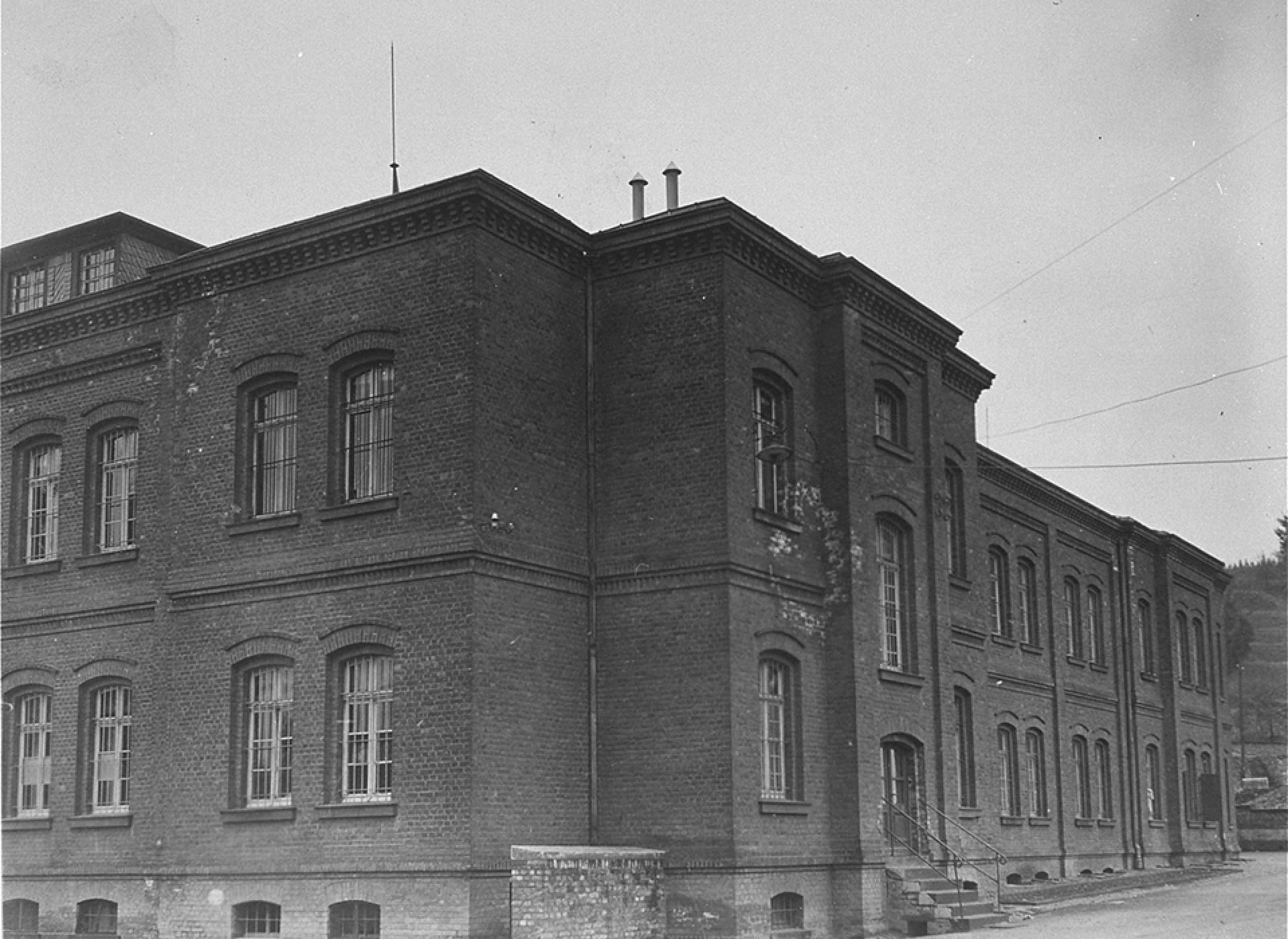
Exterior of Main Building at Hadamar. Courtesy of United States Holocaust Memorial Museum. Credit: Troy A. Peters. Provenance: Rosanne Bass Fulton, 05461.
One of six killing centers established as part of the secret Operation T-4 or T-4 Program (the "T" was an abbreviation for the Berlin address, Tiergartenstrasse 4, from where the program was administered), Hadamar had been converted from an asylum for individuals struggling with mental illness first into a military hospital then, in 1940, was transformed into an installation used for so-called “euthanasia.” Adolf Hitler himself sanctioned T-4 with a signed order from early October 1939 (but backdated to a month earlier). Conducted by Philipp Bouhler and Viktor Brack, both employed in Hitler’s private chancellery (Hitler’s attending physician Karl Brandt was also involved), the program led to the murder of roughly 250,000 of the most vulnerable members of the German and Austrian populations, most of them non-Jews put to death with carbon monoxide gas, lethal injection, or starvation. About 10,000 of them were children. The Nazi dictatorship deemed them all “life unworthy to live,” racial and financial burdens on the German nation.
The so-called “operations” started in the site at Hadamar, sitting atop a hill in town, in mid-January 1941. Hadamar’s director, Dr. Ernst Baumhard, supervised a staff of 100 physicians, nurses, and assistants who undertook the daily tasks of deception, killing, and cremation of patients transported to the facility by bus from around Hesse and the Prussian province of Hanover, as well as the south German states of Baden, Württemberg, and Bavaria. Through trickery and the selective use of force and sedatives, victims entered the facility, were told to undress, and had all their belongings processed. They were then funneled into a gas chamber disguised as a shower room in Hadamar's cellar and asphyxiated. T-4 staff ensured that the bodies were cremated. Completely fabricated causes of death were dispatched to heartbroken family members, along with the victim's ashes.
The murder process halted on August 24, 1941, on Hitler’s direct order, after the German public learned about the disappearance of men, women, and children with physical and mental disabilities. The gas chamber at Hadamar was then dismantled. At that point, some 10,000 people had already been murdered in the facility. Many of the personnel with their deadly “expertise” were then transferred to a new genocidal project—the extermination of European Jews. Baumhard was reassigned to naval service and died on a German submarine in June 1943.
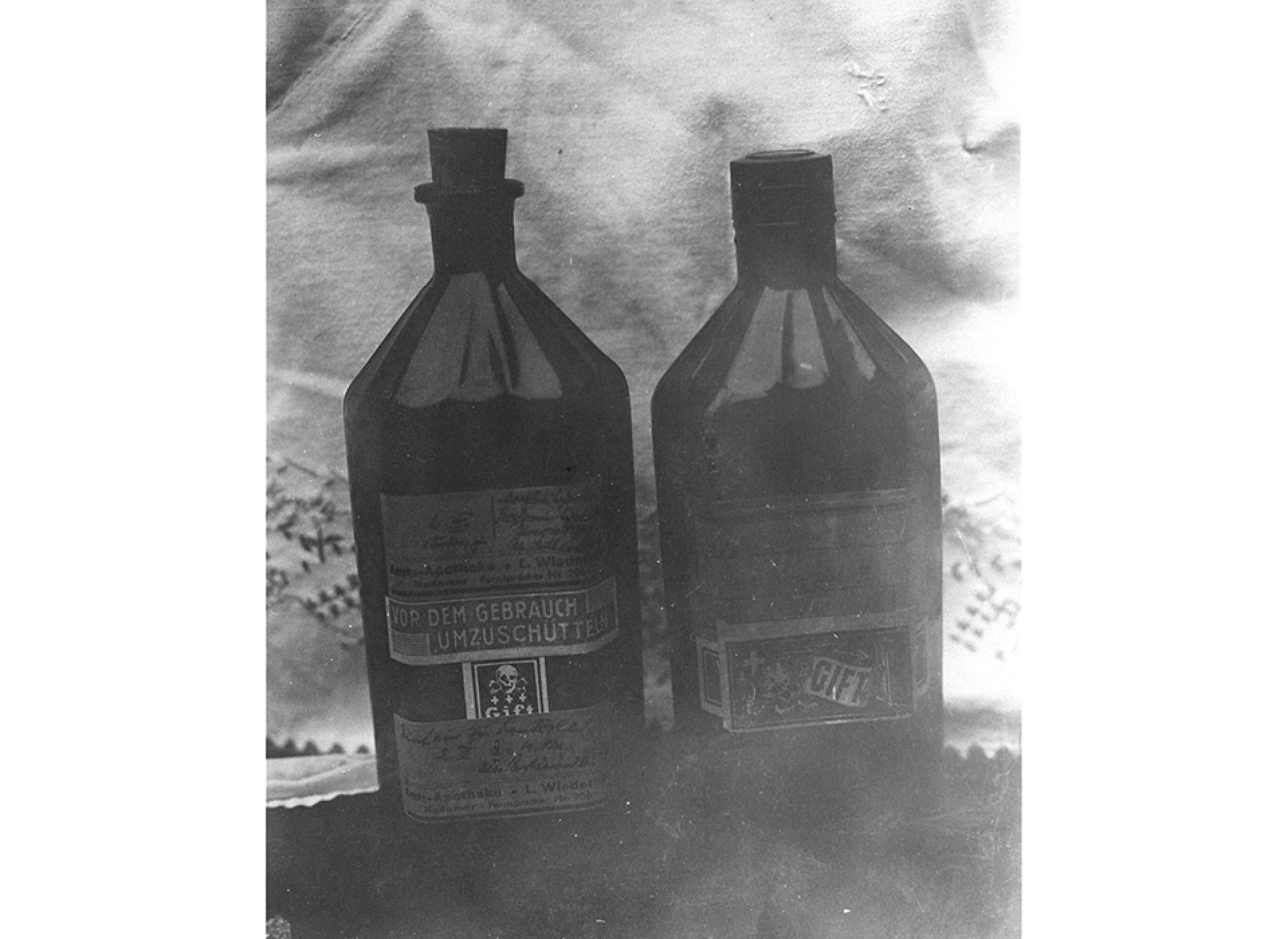
Bottles of Morphine Used to Administer Lethal Overdoses to Patients, April 5, 1945. Courtesy of United States Holocaust Memorial Museum. Credit: Troy A. Peters. Provenance: Rosanne Bass Fulton, 05441.
In the summer of 1942, the killing resumed at Hadamar, with Alfons Klein now chief administrator, and elsewhere (the murder of disabled children never ceased). The outstanding research of the United States Holocaust Memorial Museum’s Patricia Heberer Rice has thrown light on this less familiar second phase. Overdoses of medication or starvation became the new preferred means of physical elimination. In a webinar with The National WWII Museum, Heberer Rice emphasized how the killing not only continued after the war turned against the Nazi dictatorship, but that the groups targeted actually expanded.
Swept up in the vortex of destruction were Mischlinge, the Nazi term for the “mixed” children of Jewish and non-Jewish parents, who had largely been left alone by the regime. In those cases, the administrators at Hadamar did not even bother to put up the façade that these were people with disabilities. They murdered these individuals because their very existence violated Nazism’s perverse racial “norms.”
The broader range of victims even included members of the Wehrmacht and Waffen-SS who had suffered serious wounds, especially head injuries. T-4 staff at Hadamar also killed women traumatized during Operation Gomorrah, the devastating bombing of the north German city of Hamburg in July 1943. Foreign forced civilian laborers, mainly Poles and Soviets ill with tuberculosis, perished there as well. This second phase of the killing claimed more than 4,400 lives.
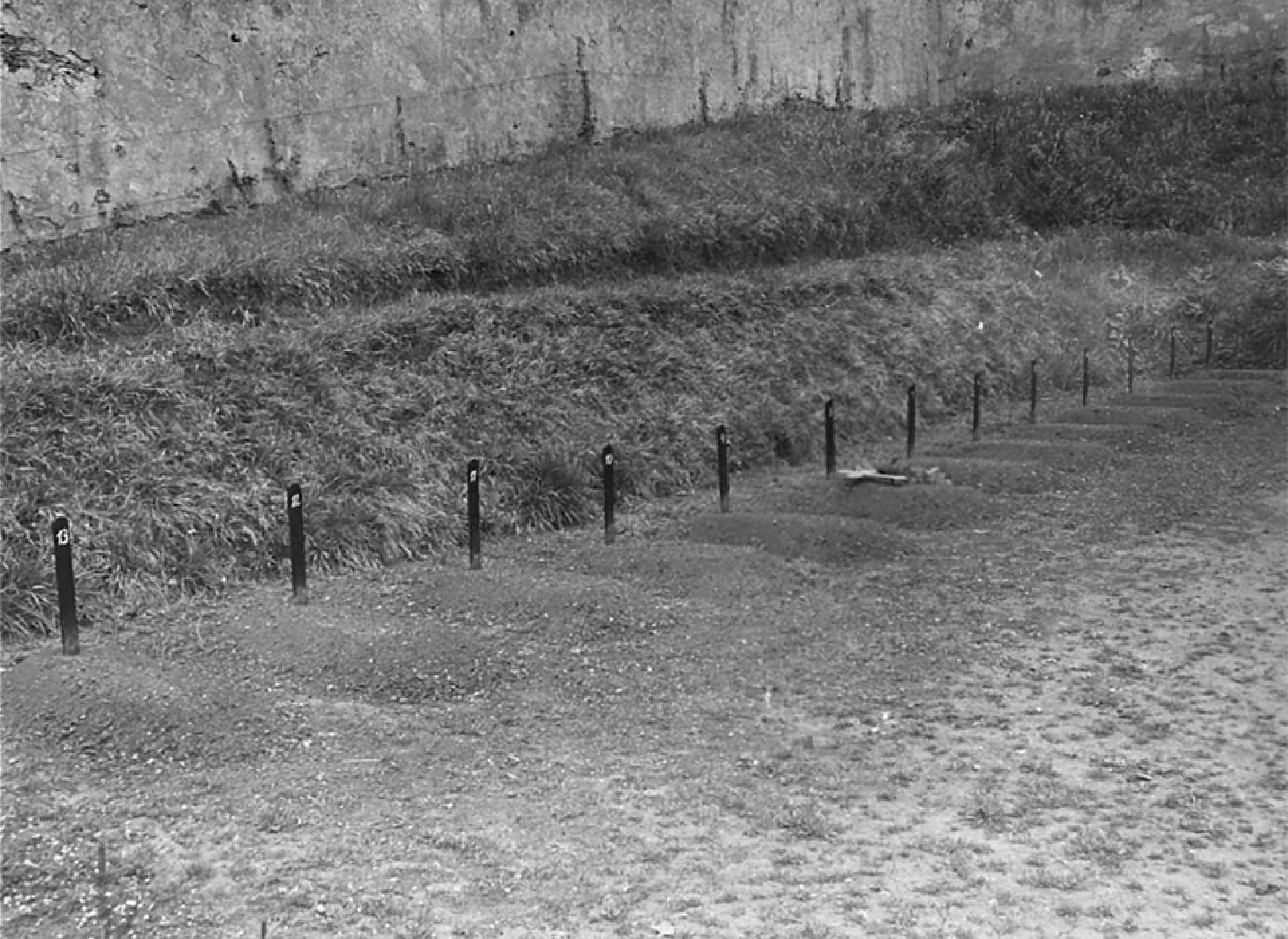
View of Cemetery at Hadamar, where victims of the T-4 Program were buried in mass graves, April 15, 1945. Courtesy of United States Holocaust Memorial Museum. Credit: Troy A. Peters. Provenance: Rosanne Bass Fulton, 73719.
When soldiers of the 2nd Infantry Division and, a short time later, Major Bolker stepped foot in the institute, they of course could not be aware of the full extent of Operation T-4. In 1941, some information had trickled in prior to Hitler’s order to temporarily stop the slaughter. What the Americans gleaned from interrogations of T-4 personnel at Hadamar, like Head Nurse Irmgard Huber, and the meticulous records they maintained of their murderous deeds, from former inmates, from townspeople, and from the autopsies, added up to a terrifying portrait of systematic, clandestine, state-directed annihilation.
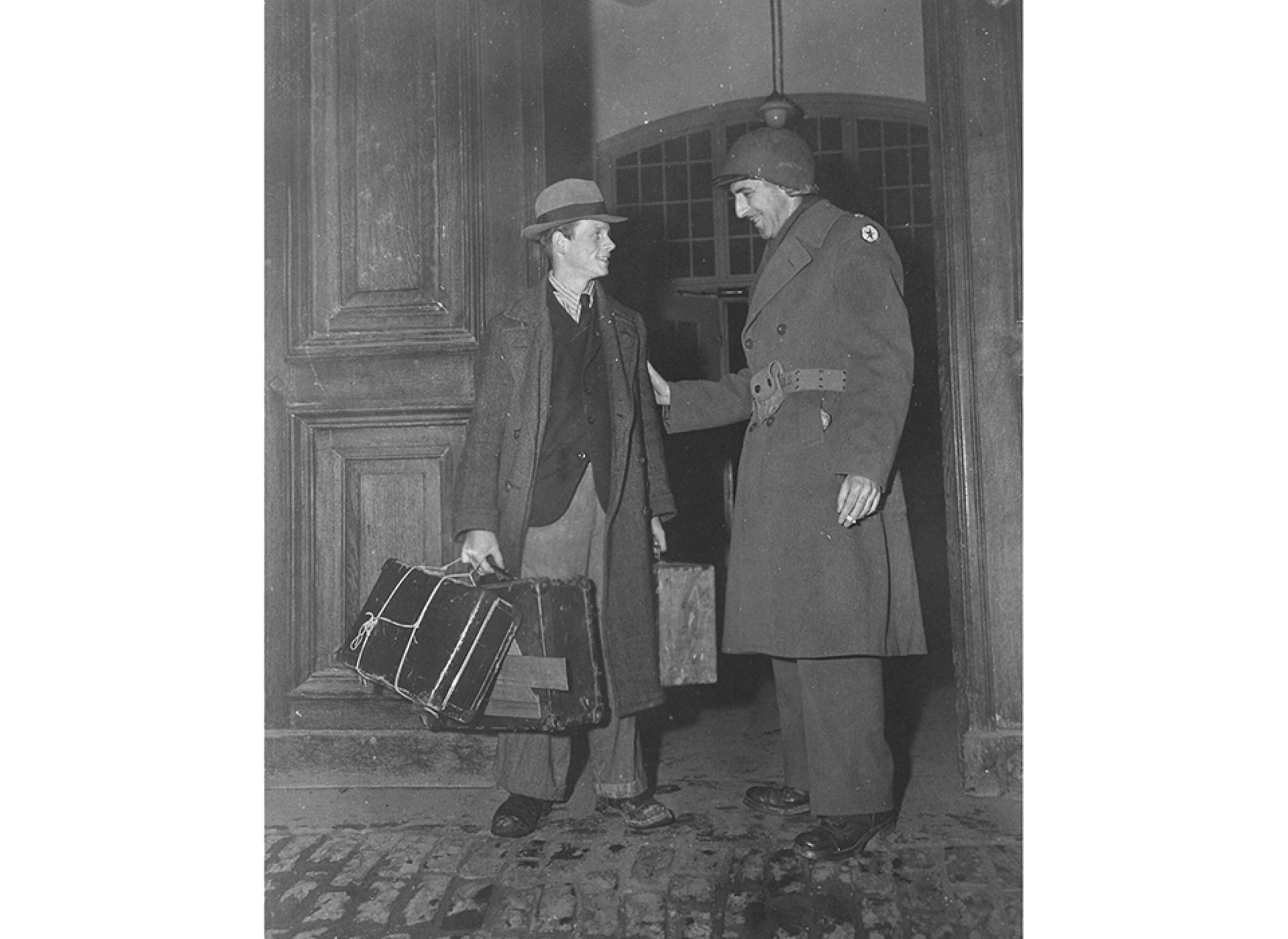
Hadamar Survivor says goodbye to Major Herman Bolker, April 5, 1945. Courtesy of United States Holocaust Memorial Museum. Credit: Troy A. Peters. Provenance: Rosanne Bass Fulton, 05468.
This was the Third Reich’s first genocidal program. Often forgotten, the United States conducted a trial of personnel from Hadamar that began in the fall of 1945 before the onset of the International Military Tribunal at Nuremberg. The Hadamar Trial of October 1945, where Leon Jaworski (best known for his role in the Watergate case) served as chief prosecutor, culminated in several convictions, including death sentences for Klein and two male nurses, Heinrich Ruoff and Karl Wittig. American authorities executed the three in March 1946. Others, however, received disgracefully mild sentences.
Understanding the dynamics of Operation T-4 has preoccupied scholars for decades since 1945. Since the 1980s an enormous amount of research has been undertaken. It remains a vital task to incorporate the results of this work on the history of the murder of the disabled into our narratives of World War II.
Recommended Reading:
Burleigh, Michael. Death and Deliverance: ‘Euthanasia’ in Germany 1900-1945.
Cambridge: Cambridge University Press, 1994.
Friedlander, Henry. The Origins of Nazi Genocide: From Euthanasia to the Final Solution. Chapel Hill: University of North Carolina Press, 1995.
Lifton, Robert Jay. The Nazi Doctors: Medical Killing and the Psychology of Genocide. New York: Basic Books, 1986.
Jason Dawsey, PhD
Jason Dawsey, PhD, is ASU WWII Studies Consultant in the Jenny Craig Institute for the Study of War and Democracy.
Cite this article:
MLA Citation:
APA Citation:
Chicago Style Citation:
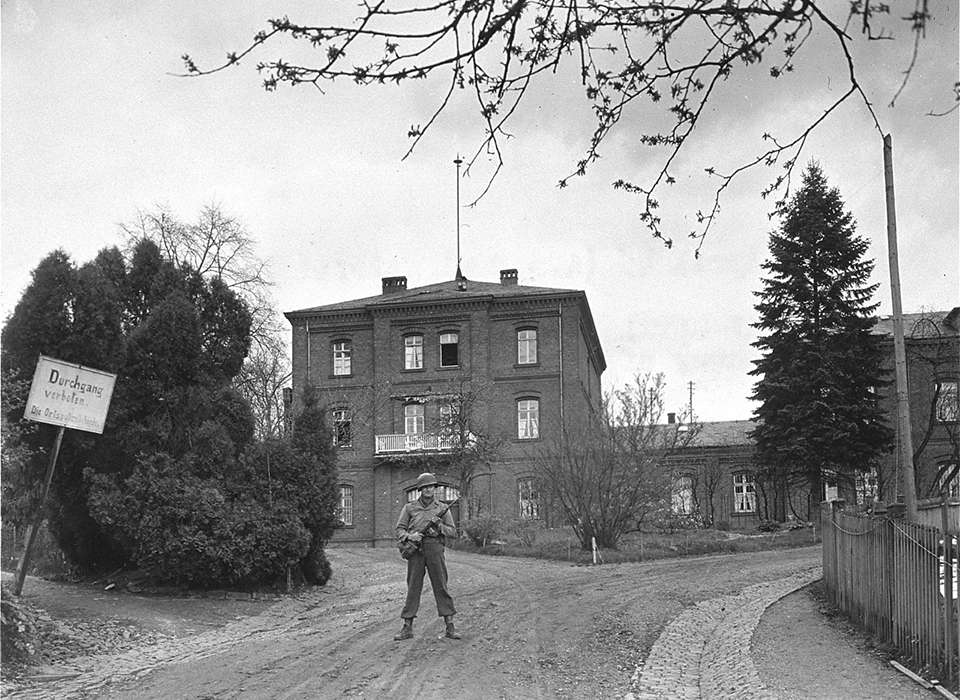

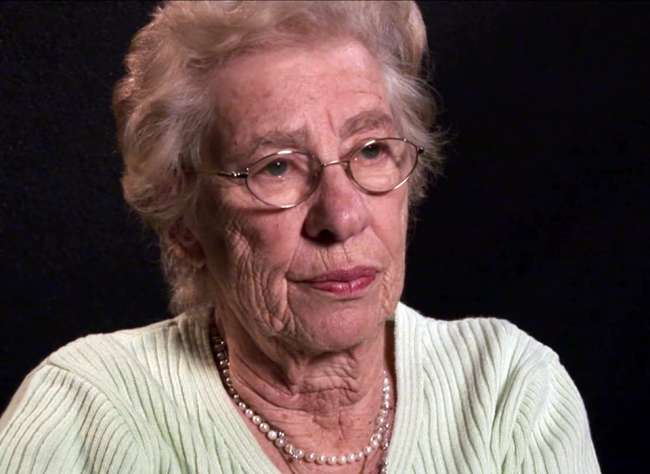



![Max Fuchs, New York City cantor, sings as Rabbi Sydney [sic] Lefkowitz, Richmond, VA, conducts the first Jewish services from Germany.](/sites/default/files/styles/max_650x650/public/2025-10/image1.jpg)


